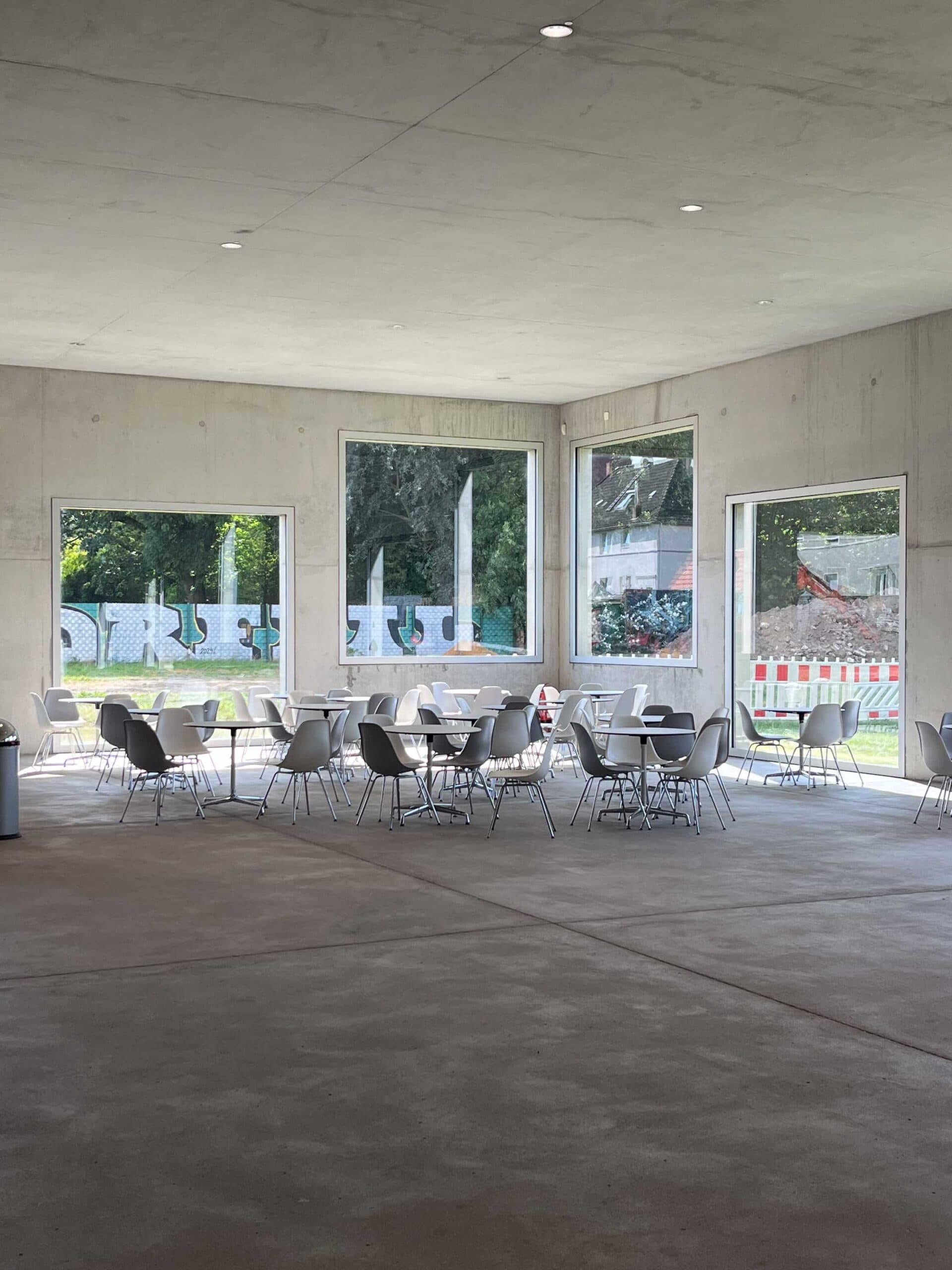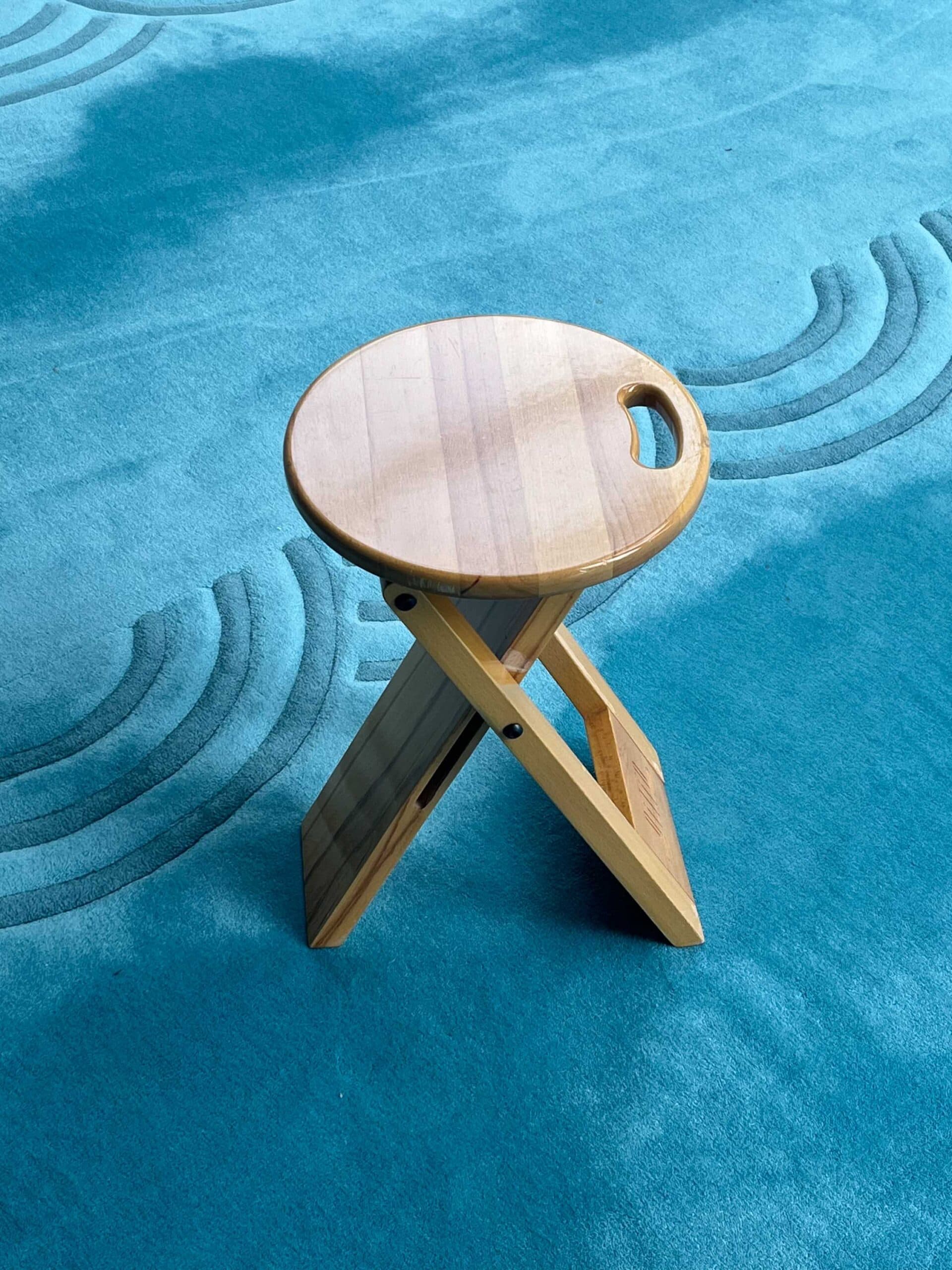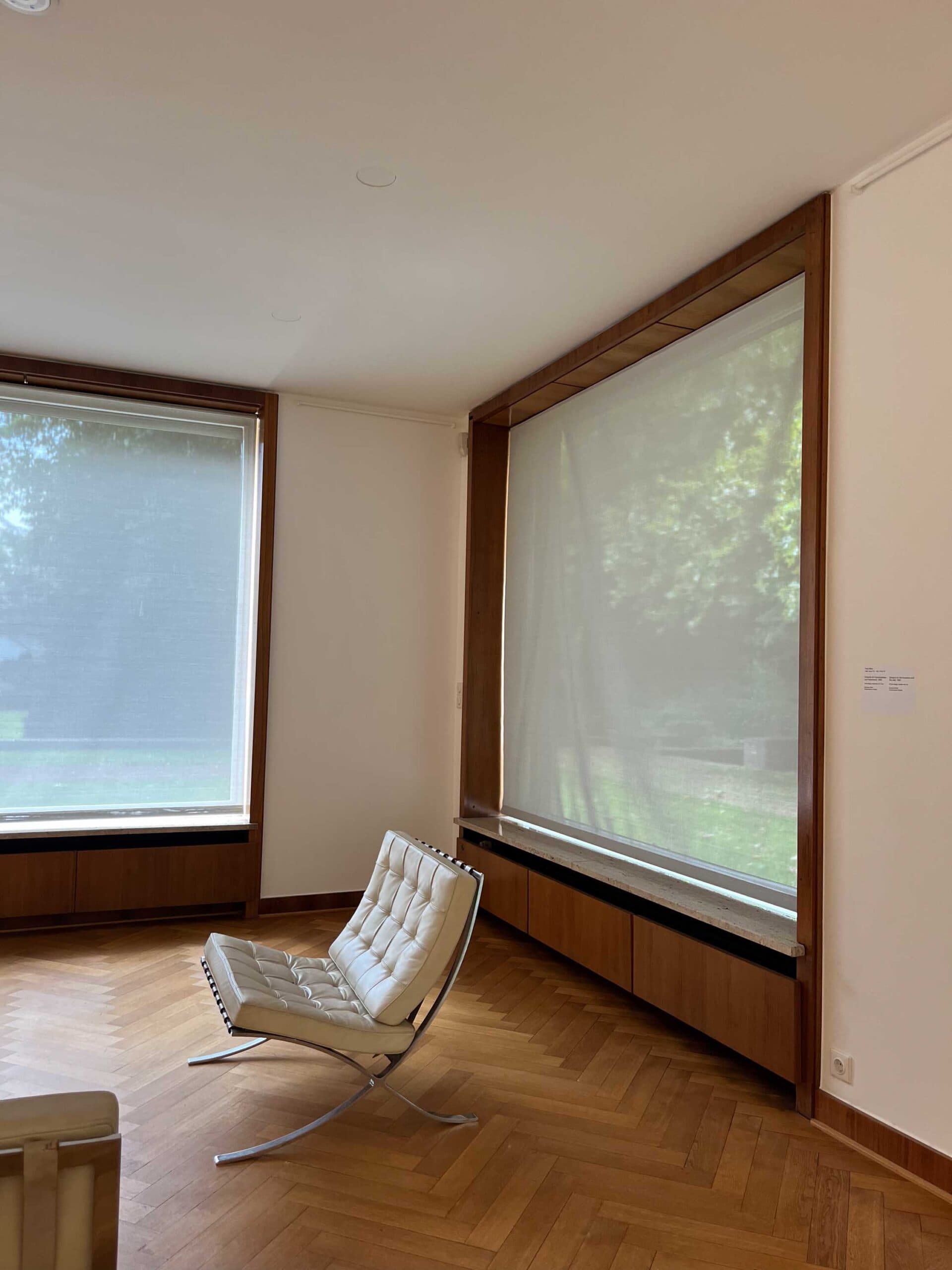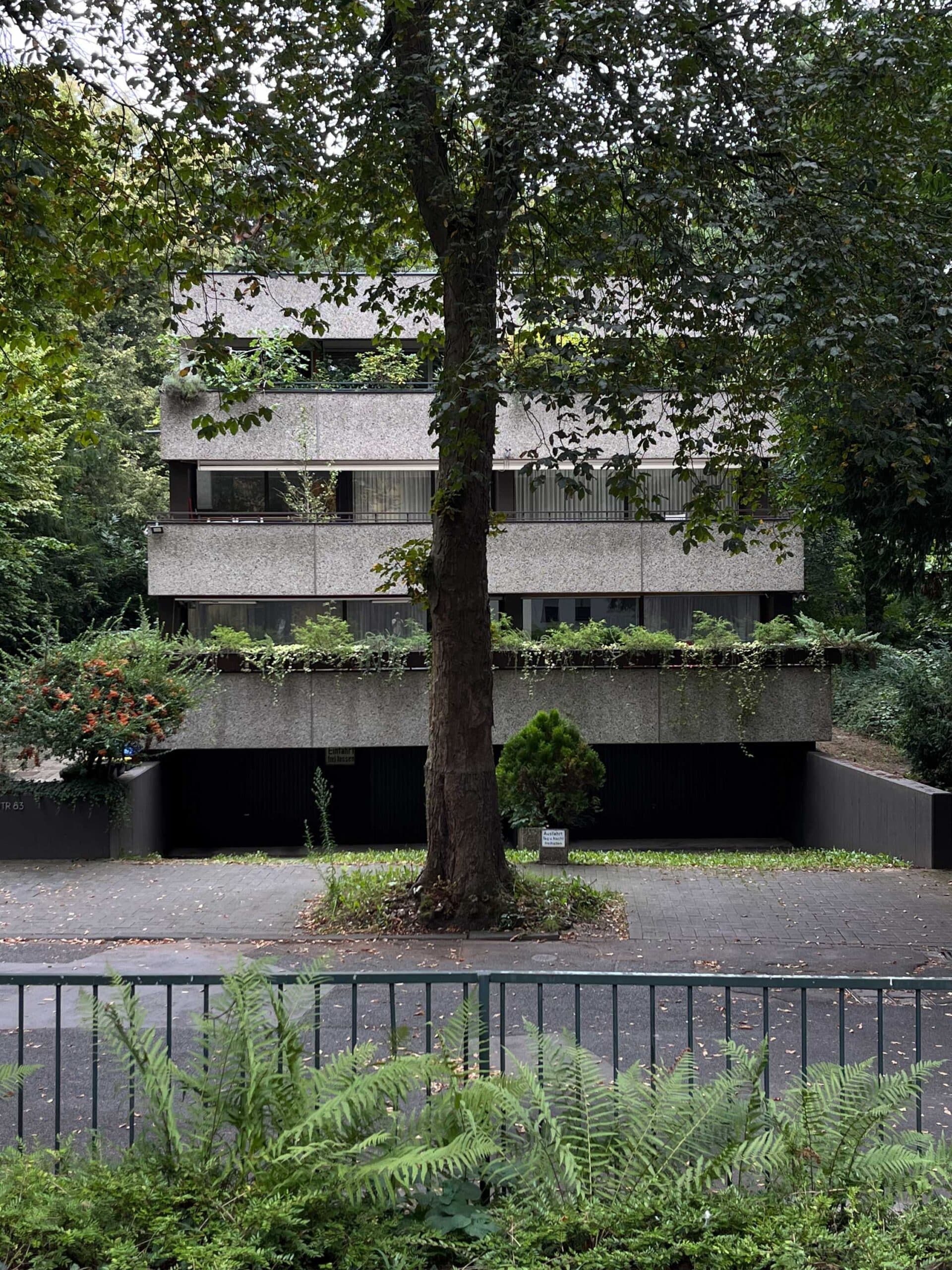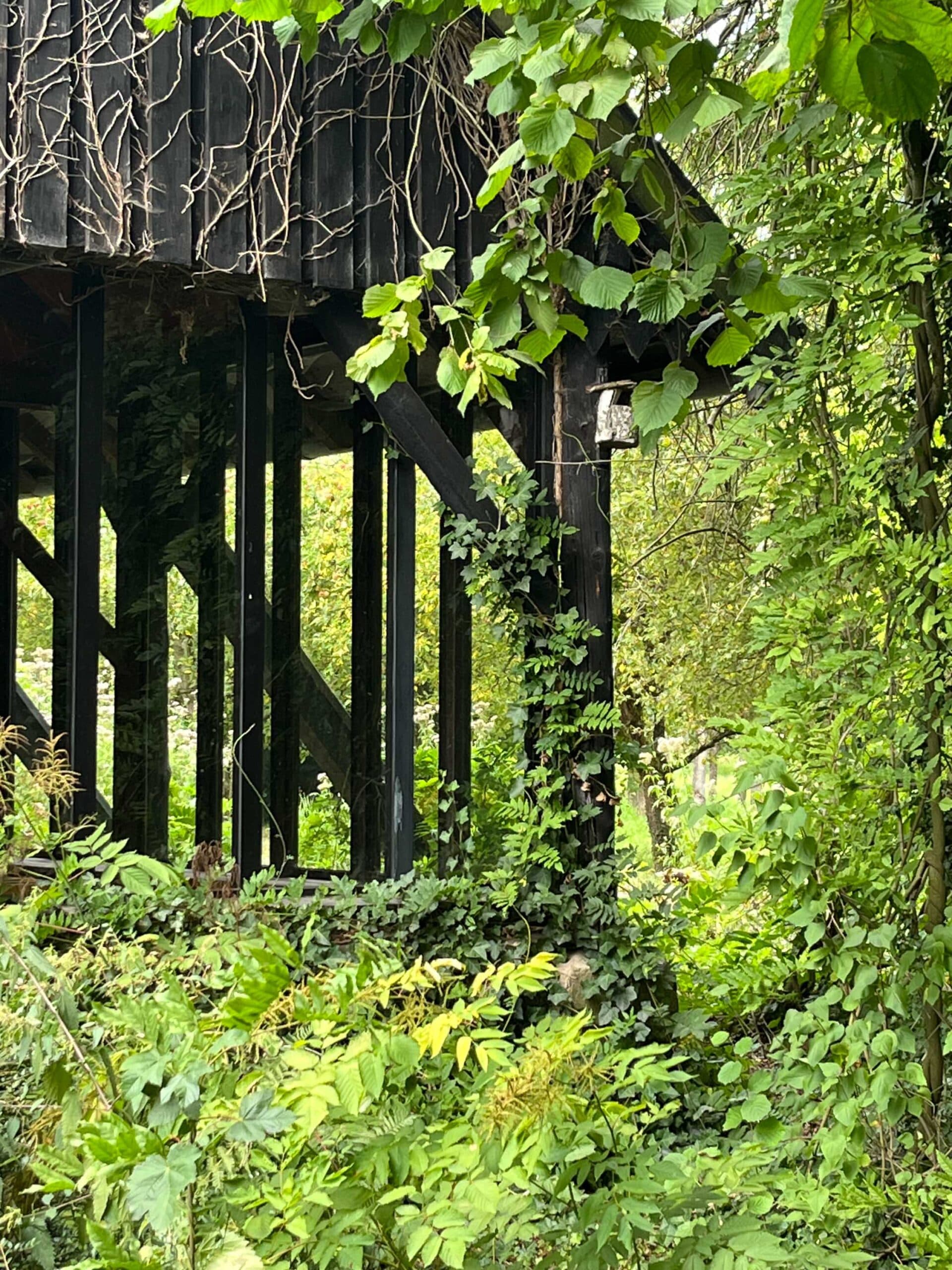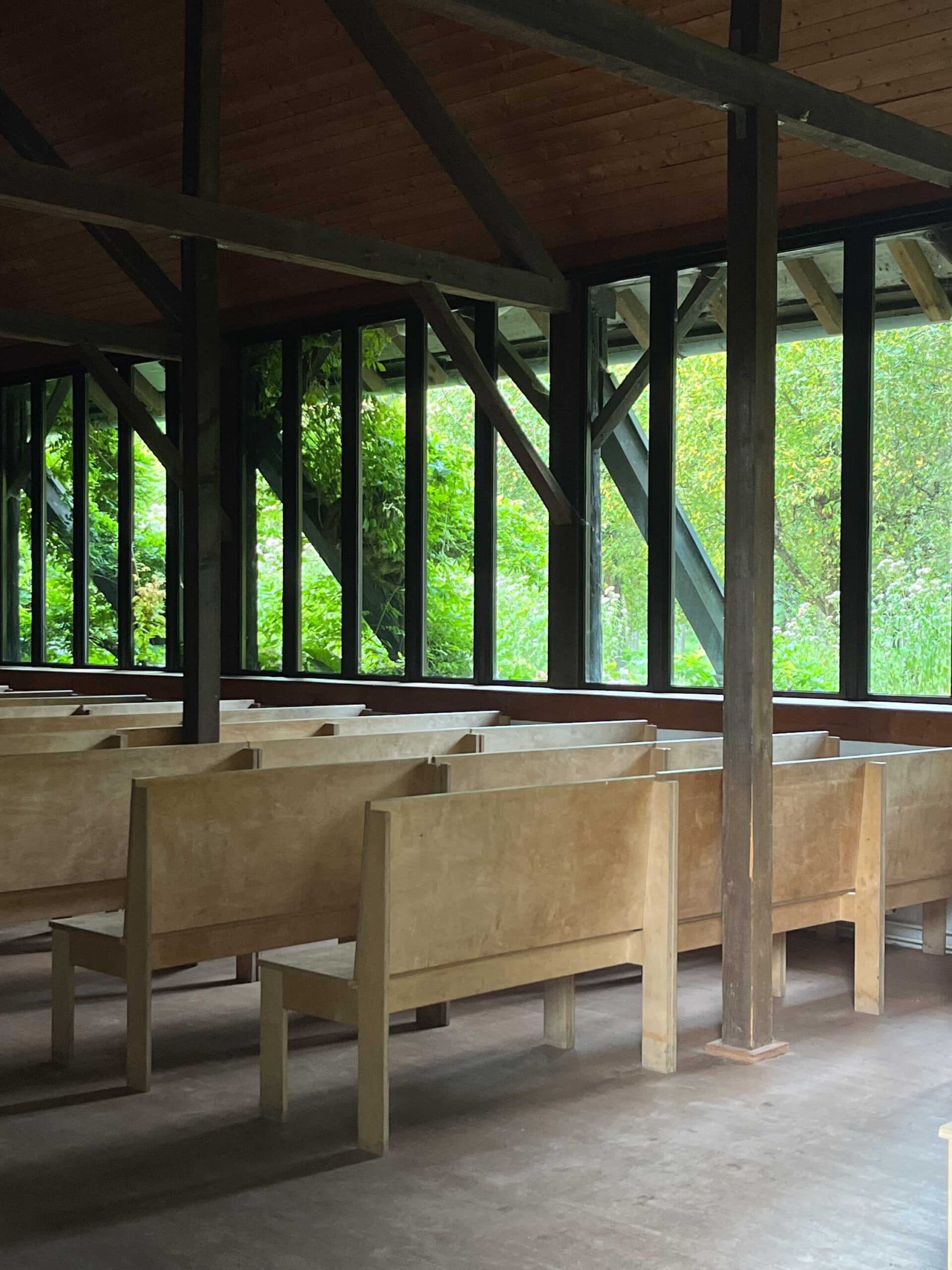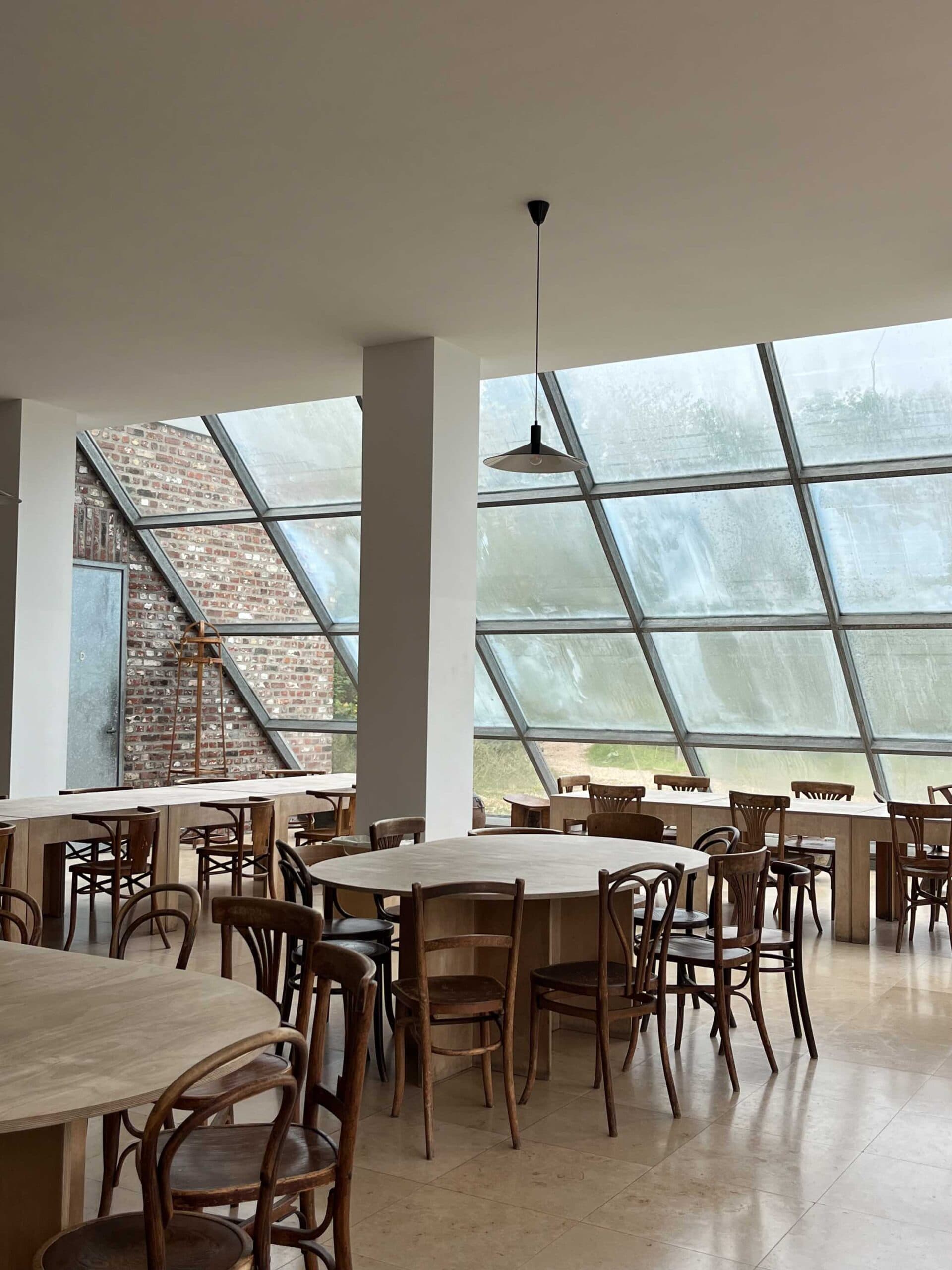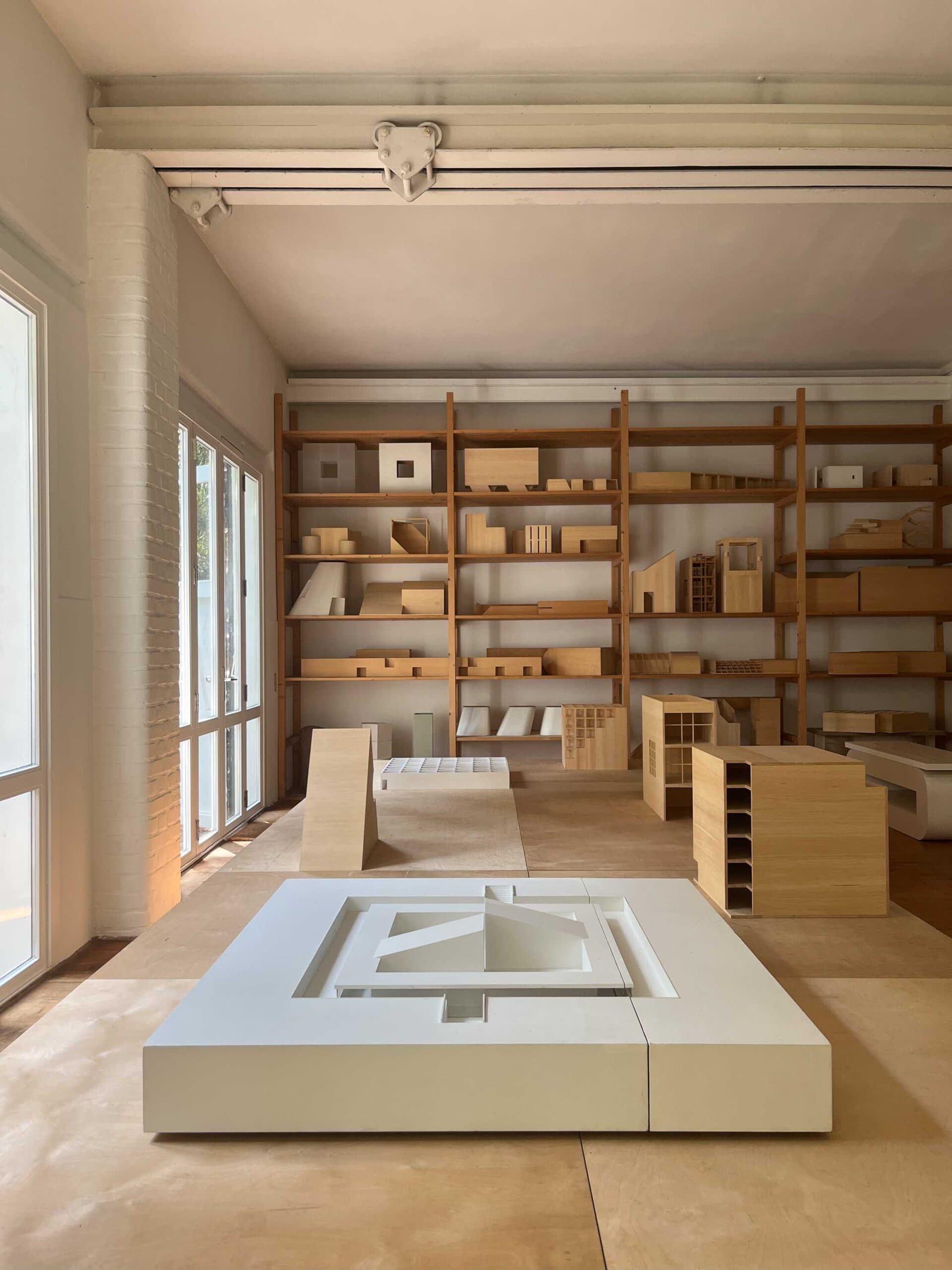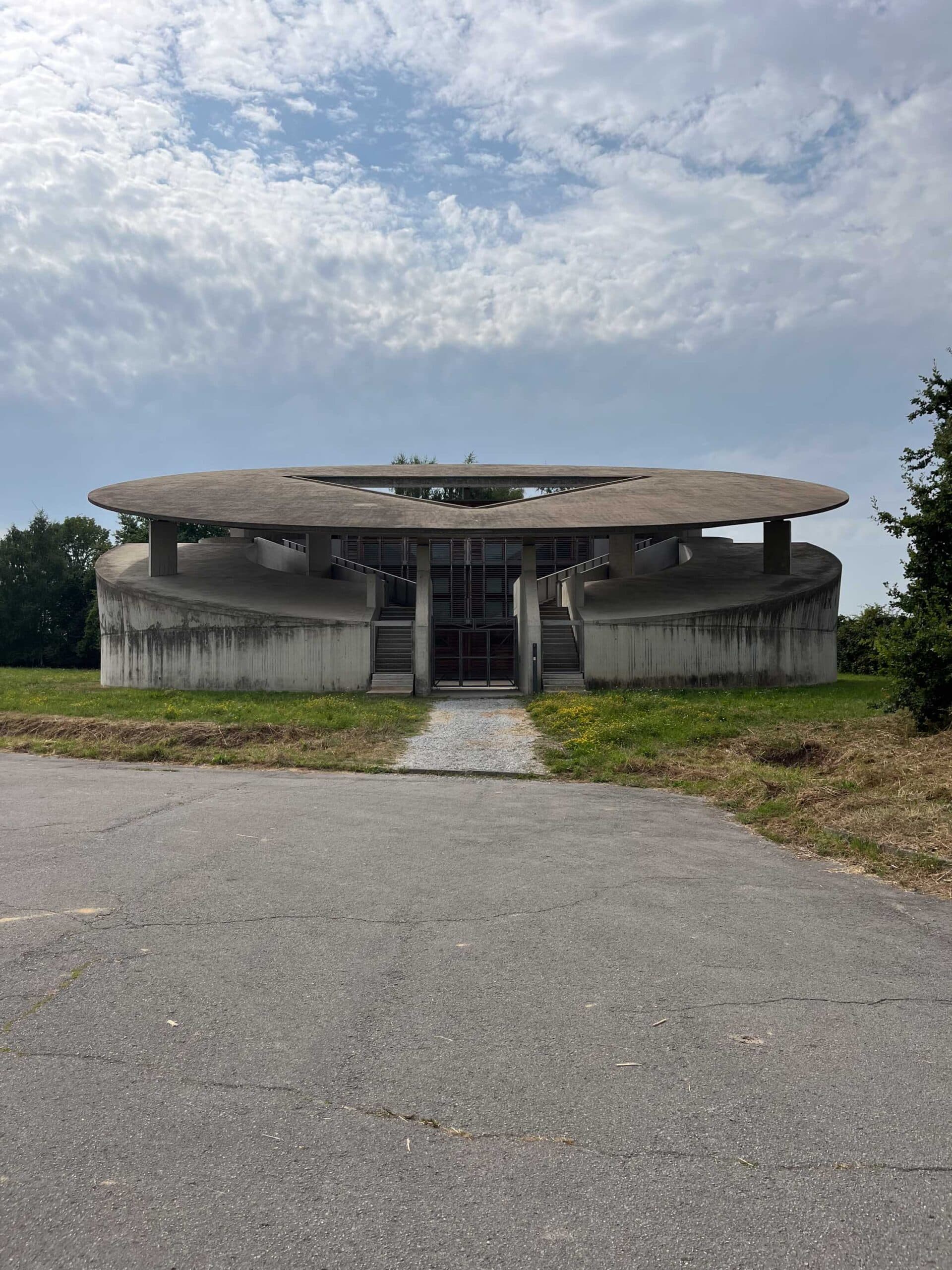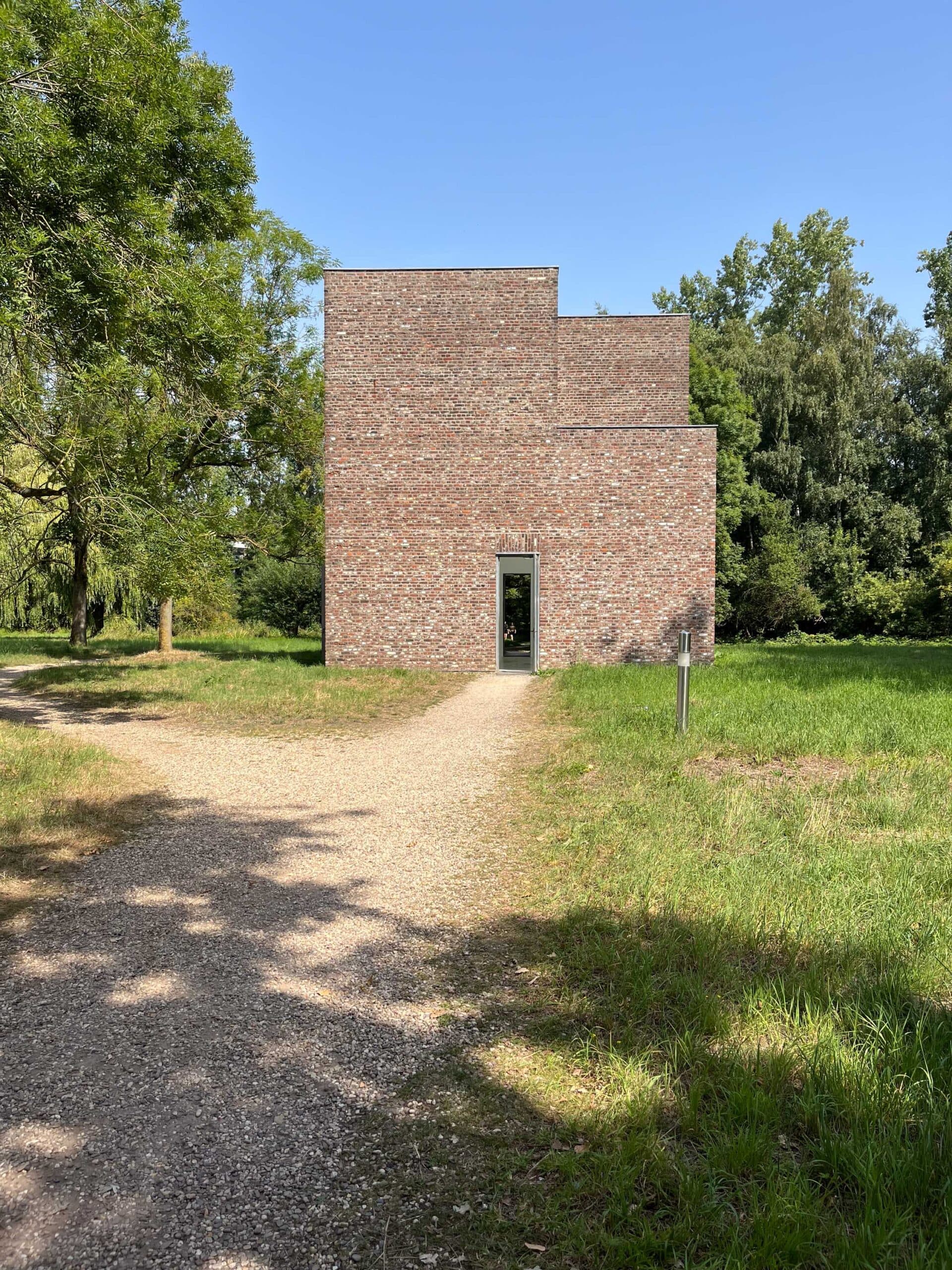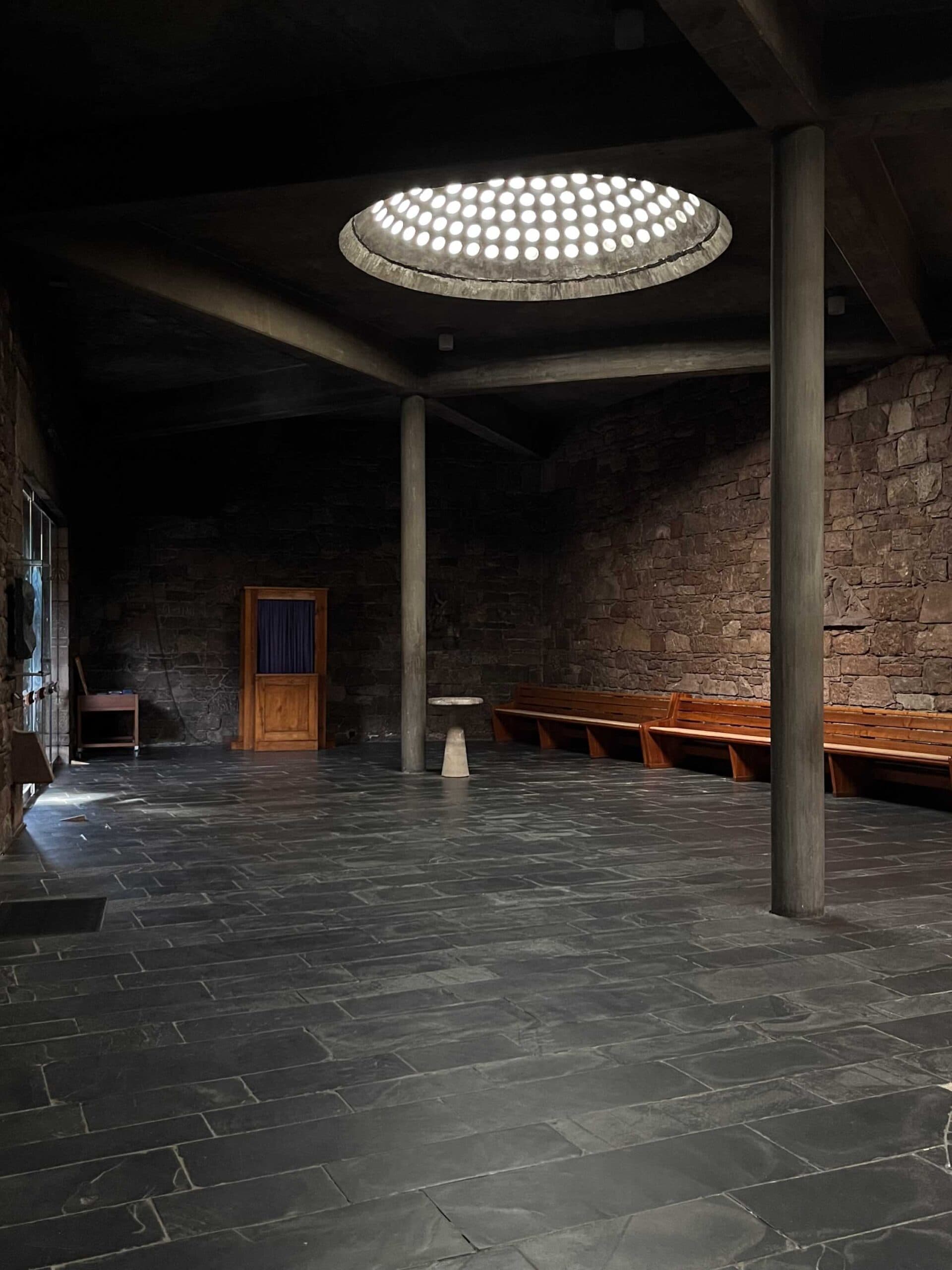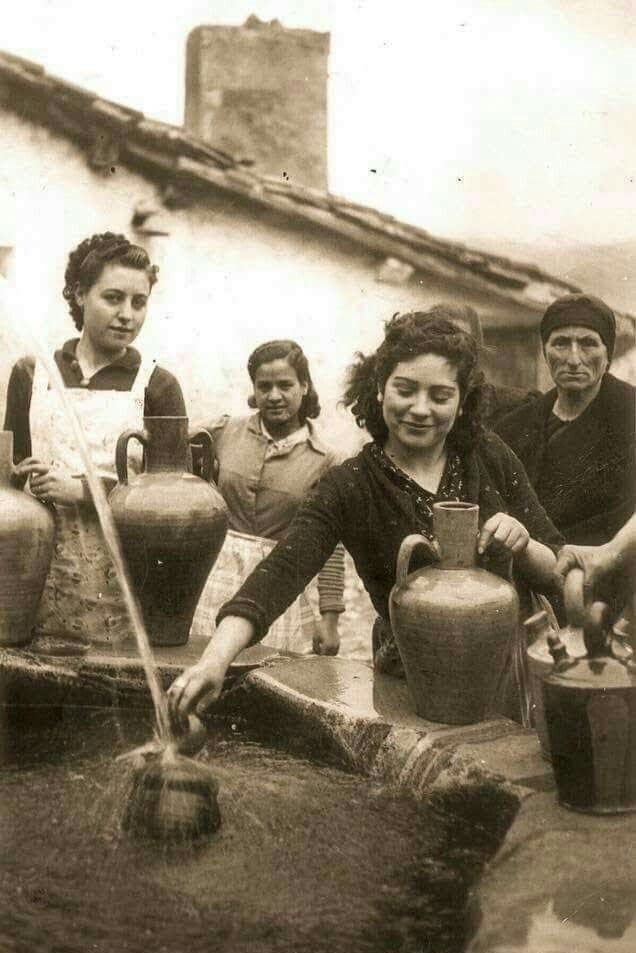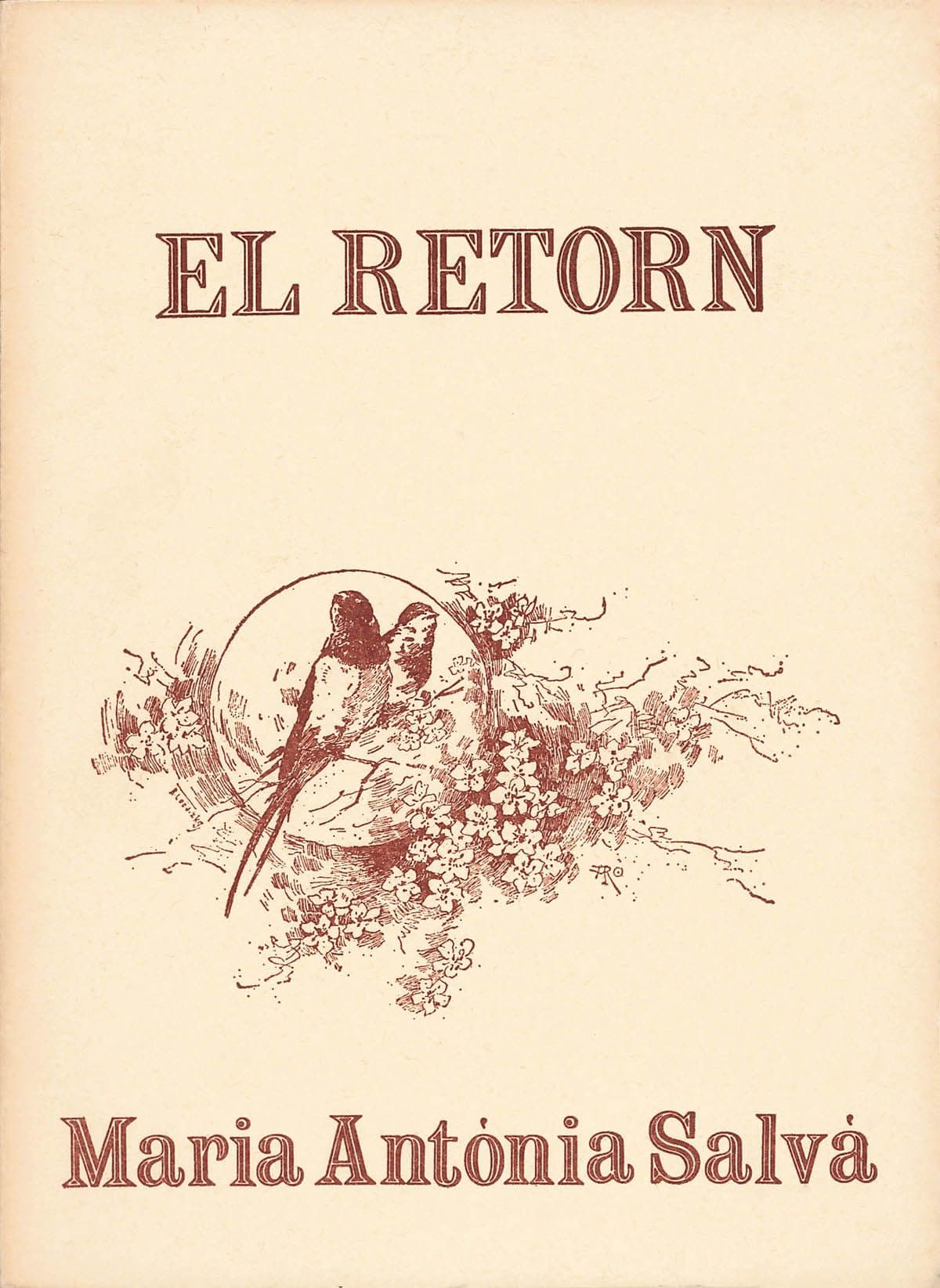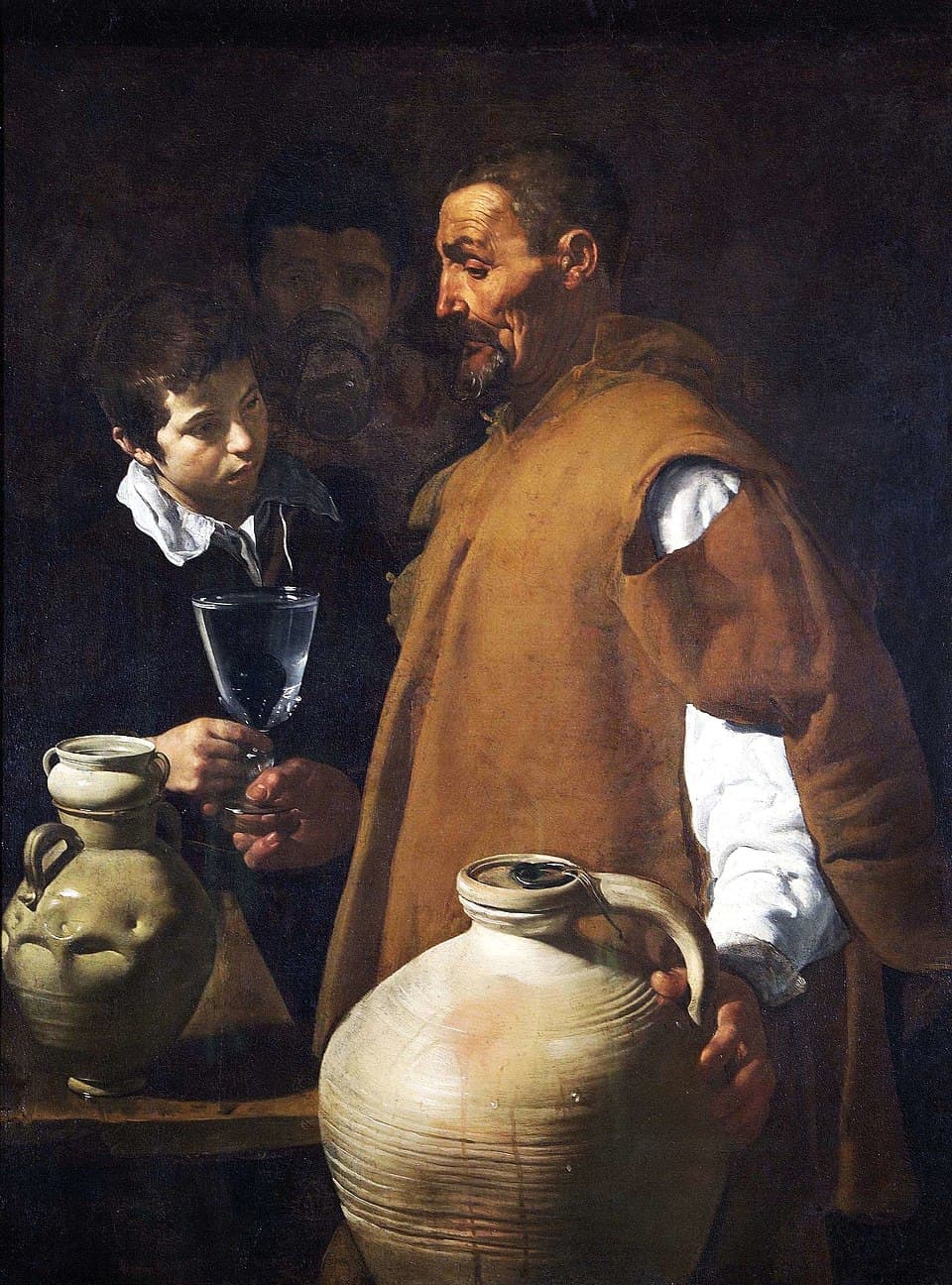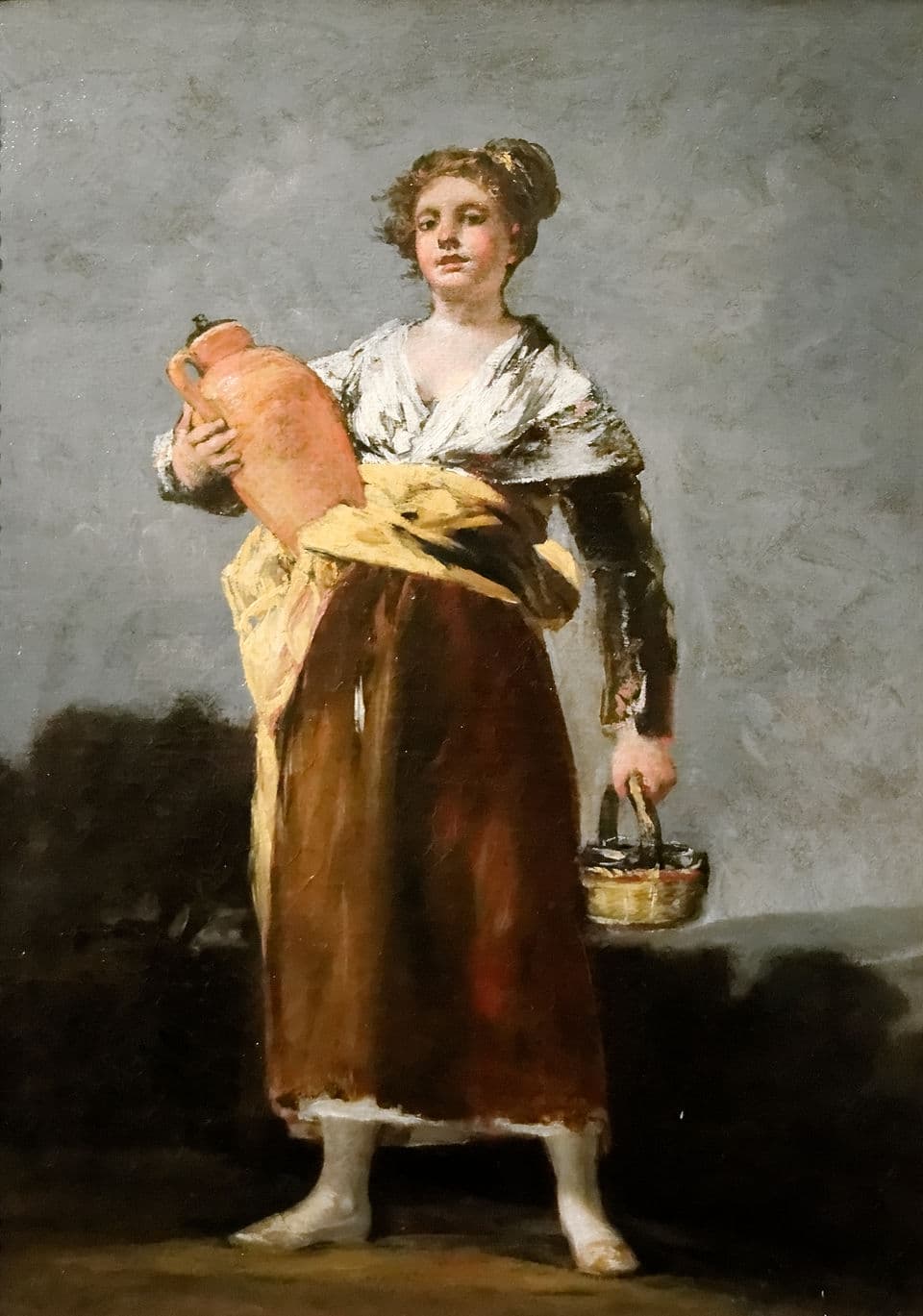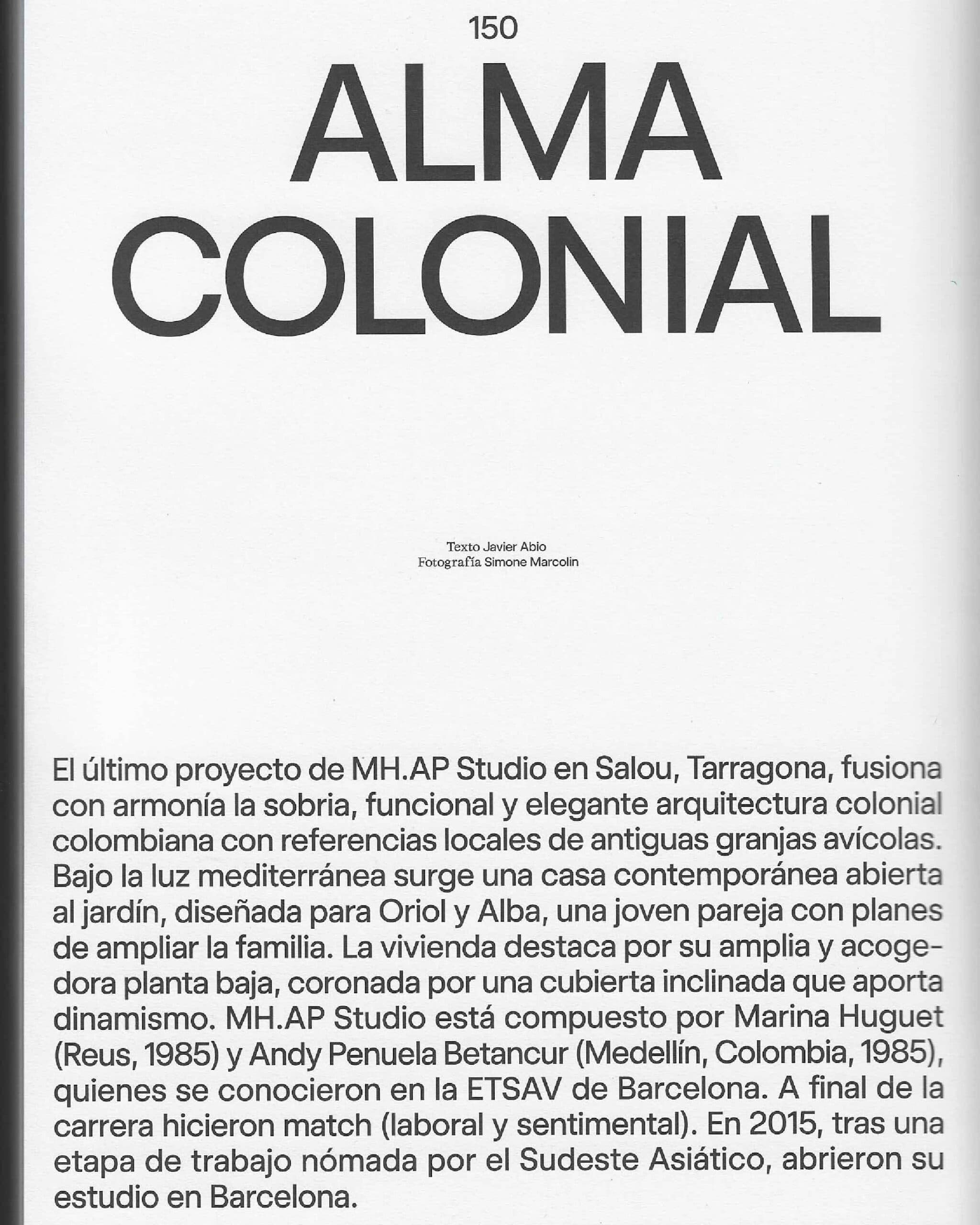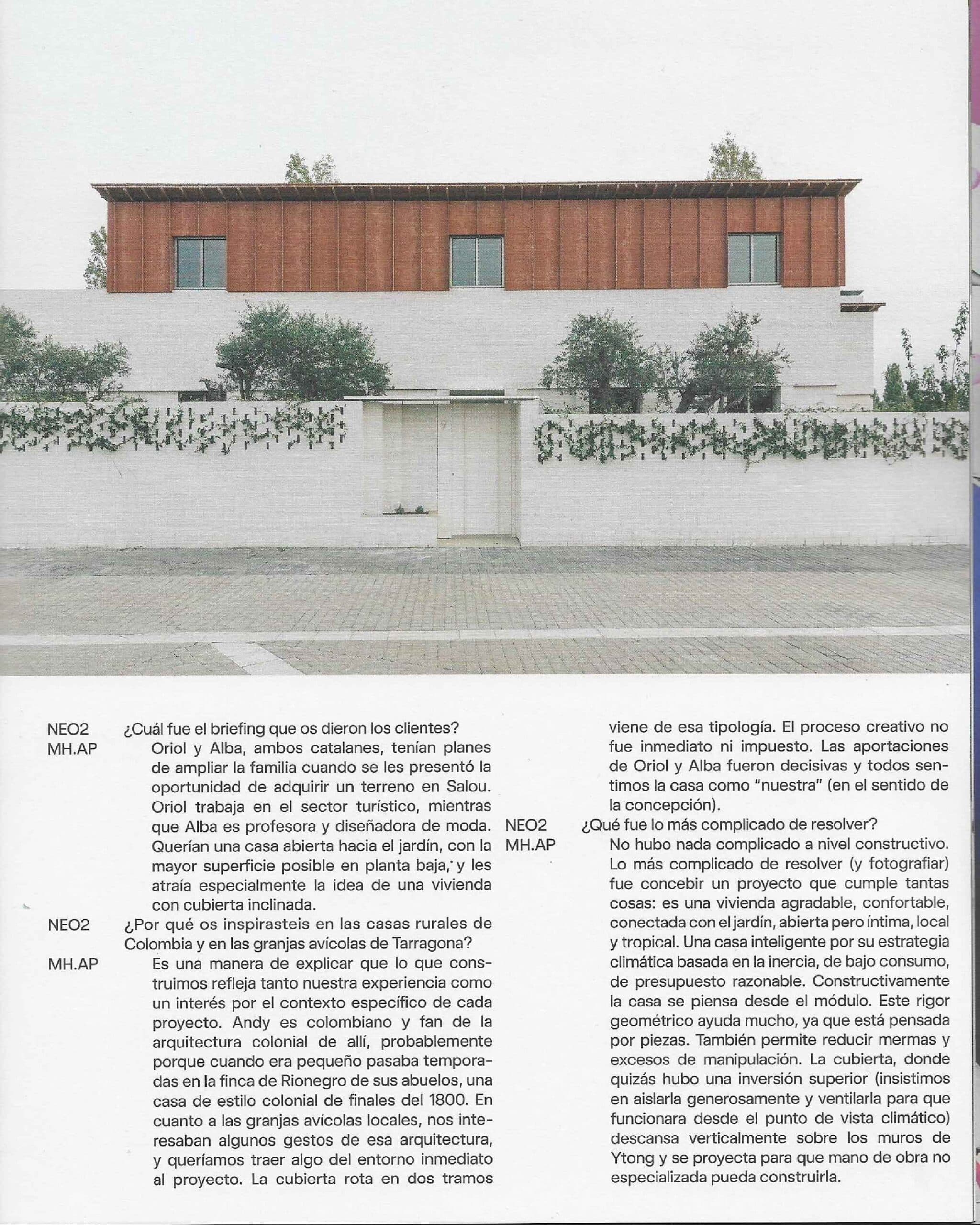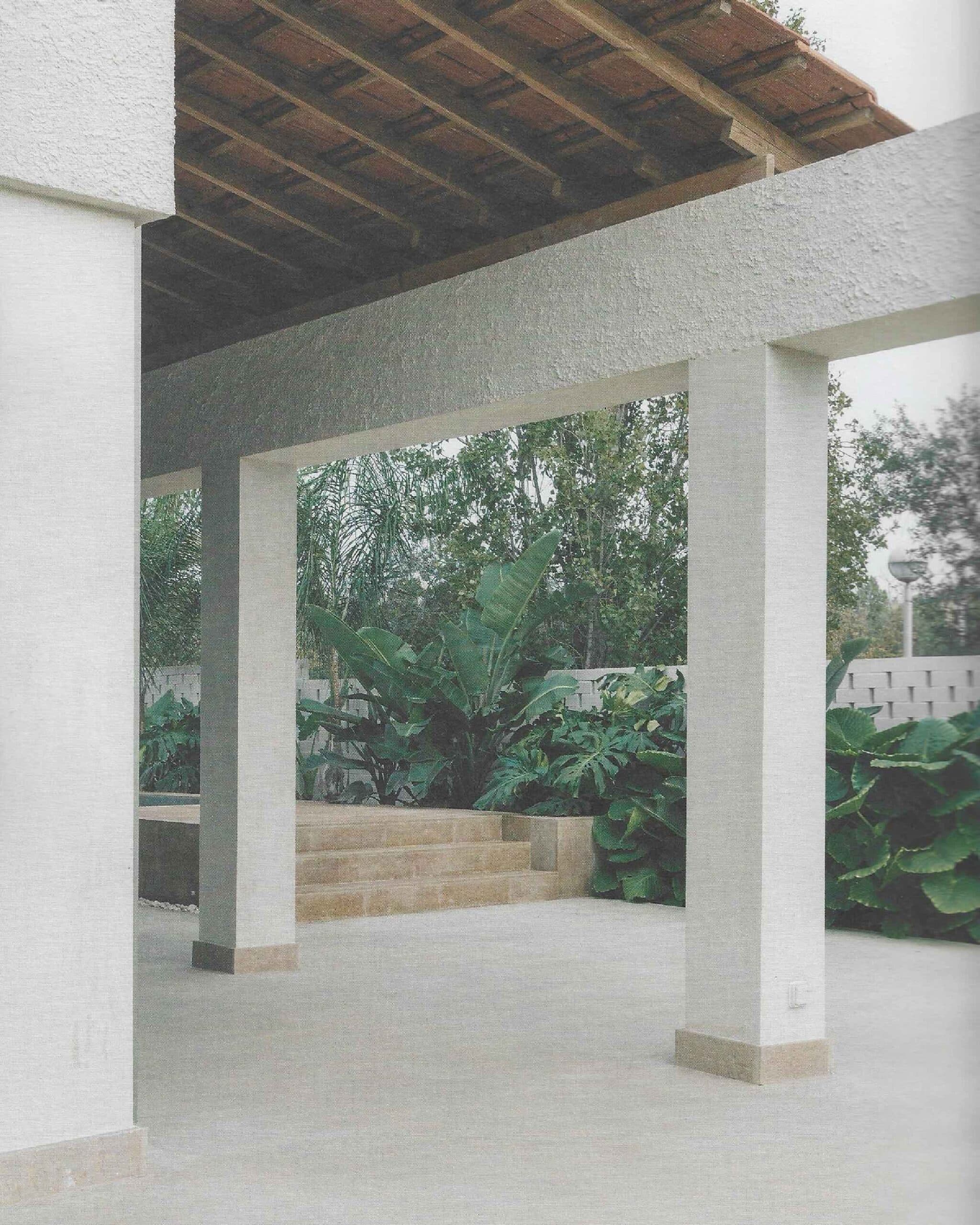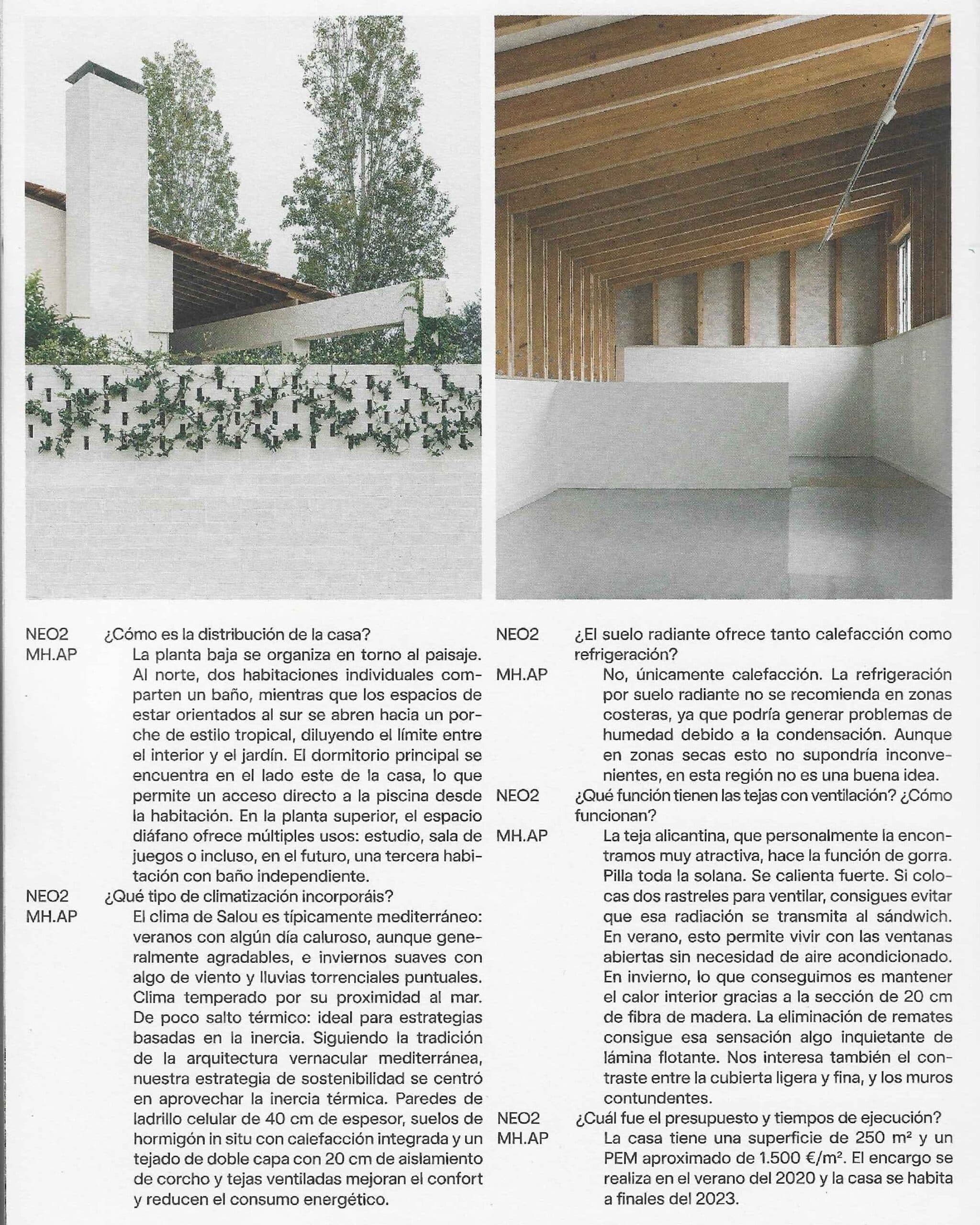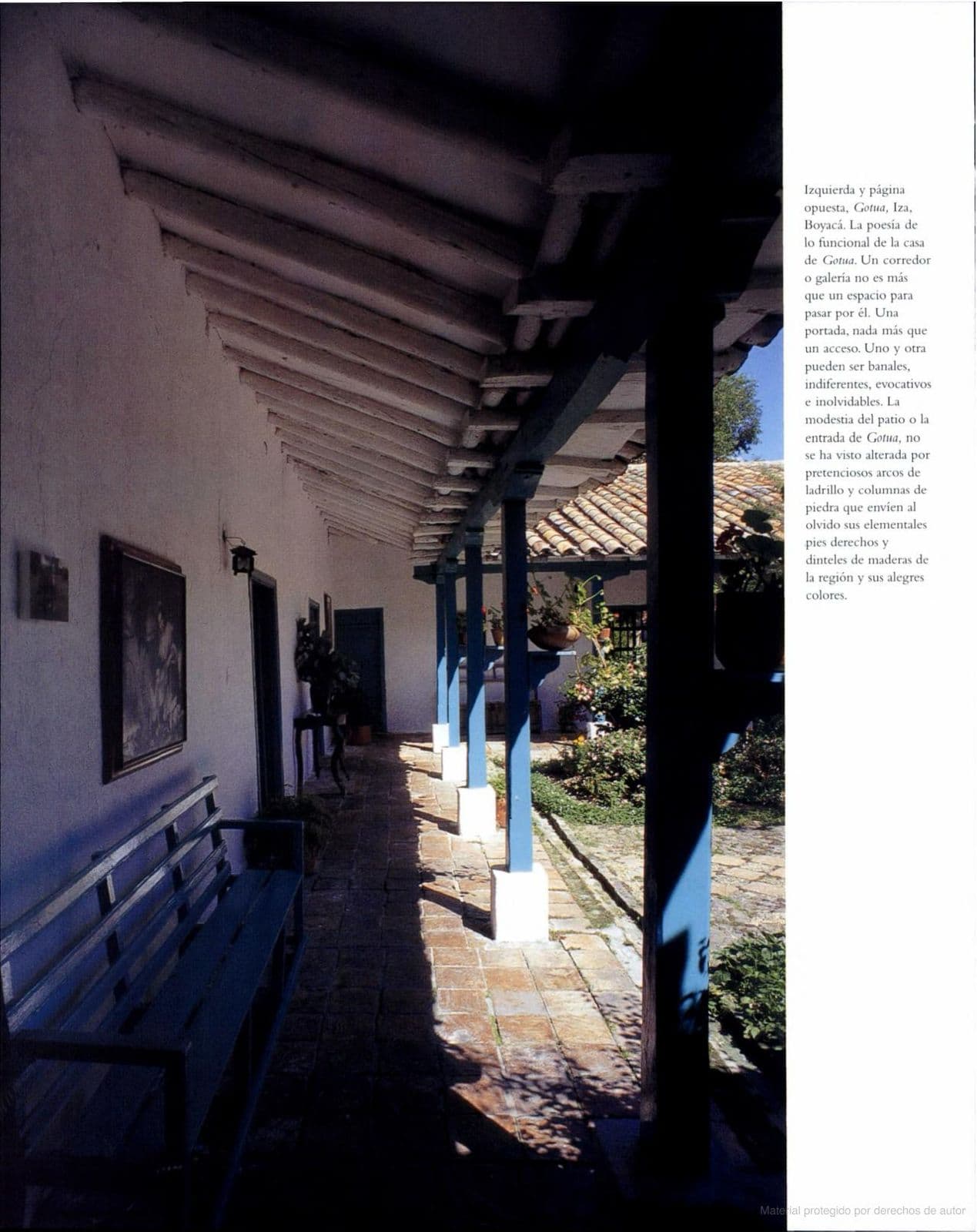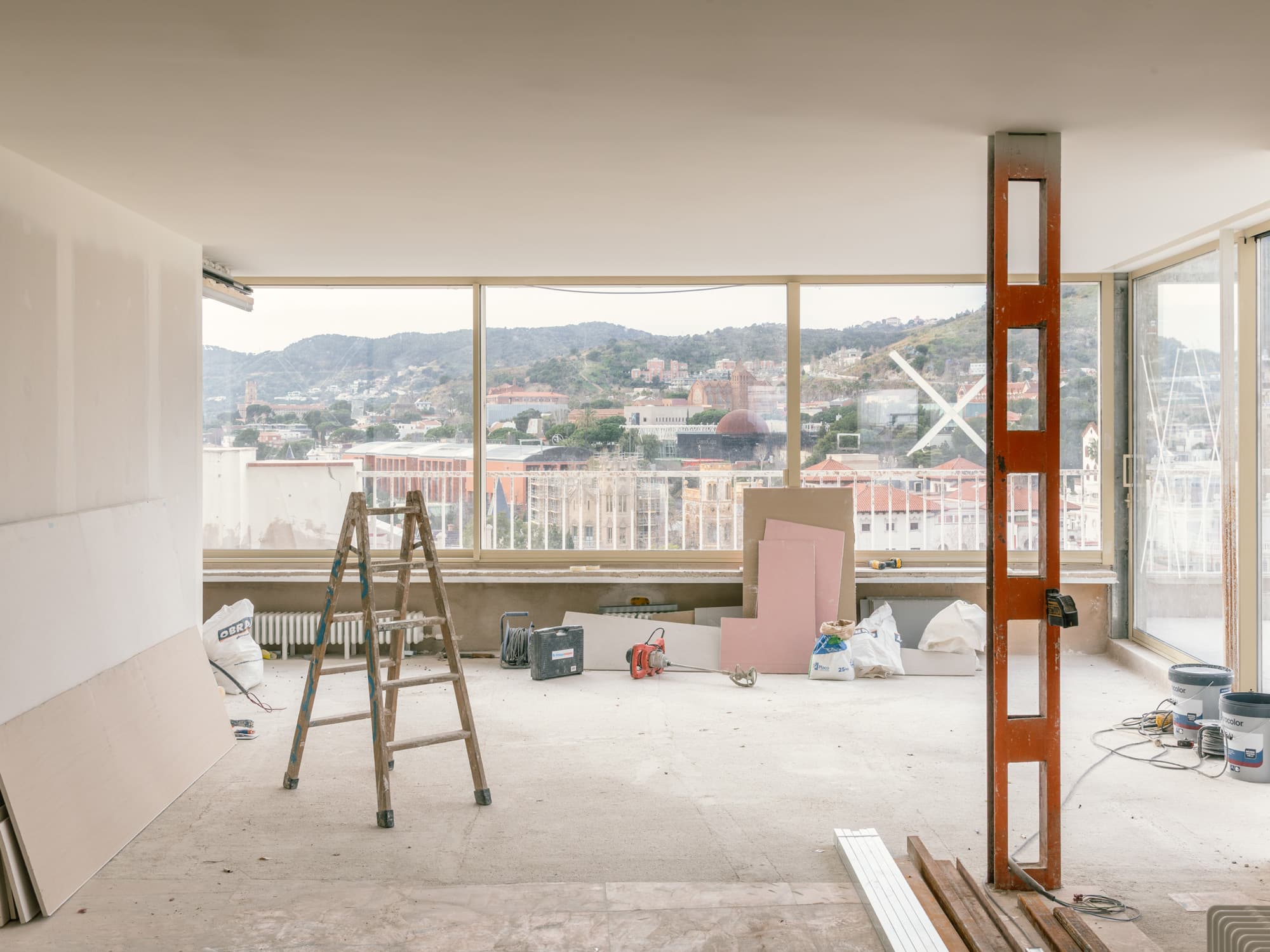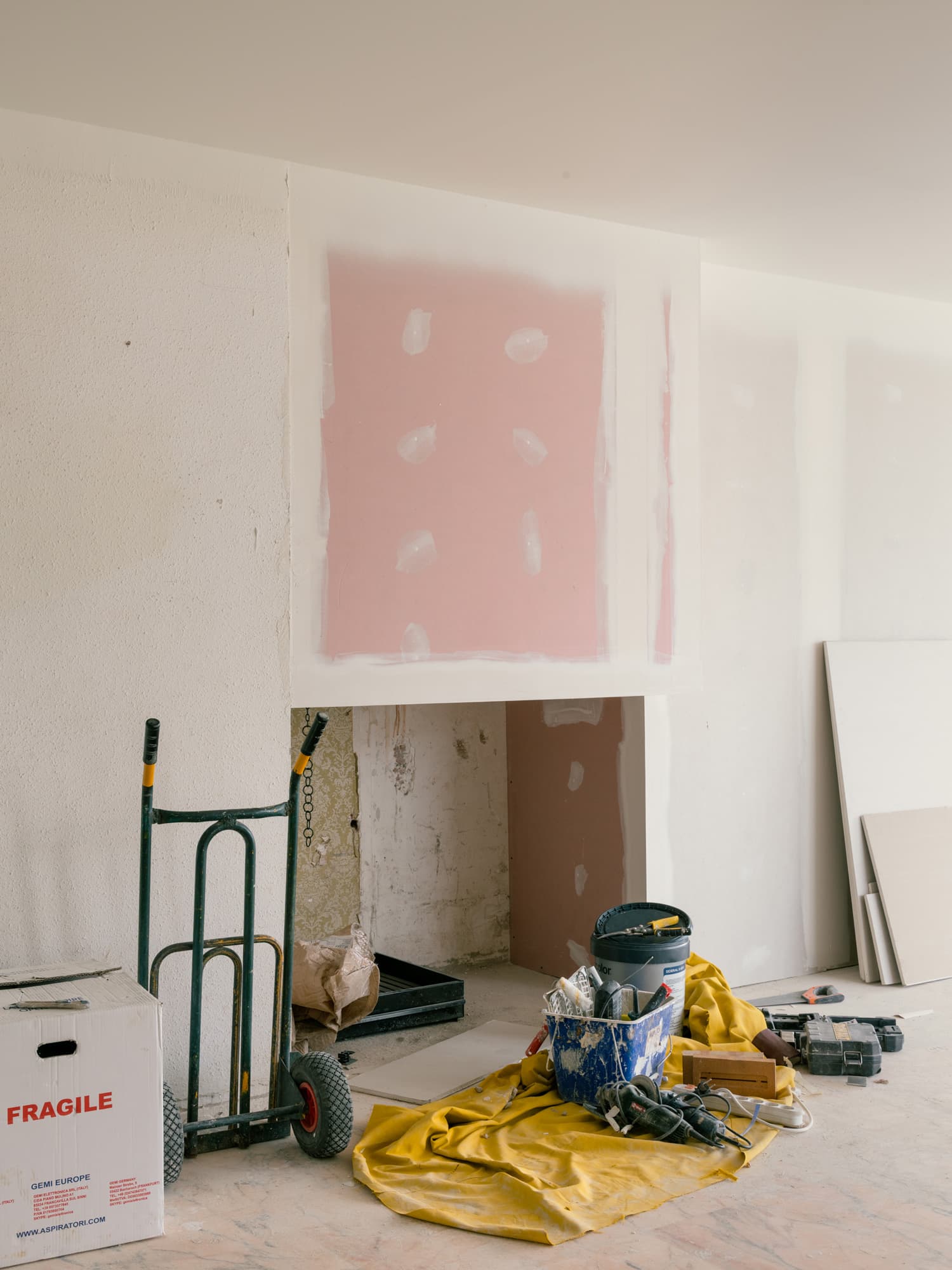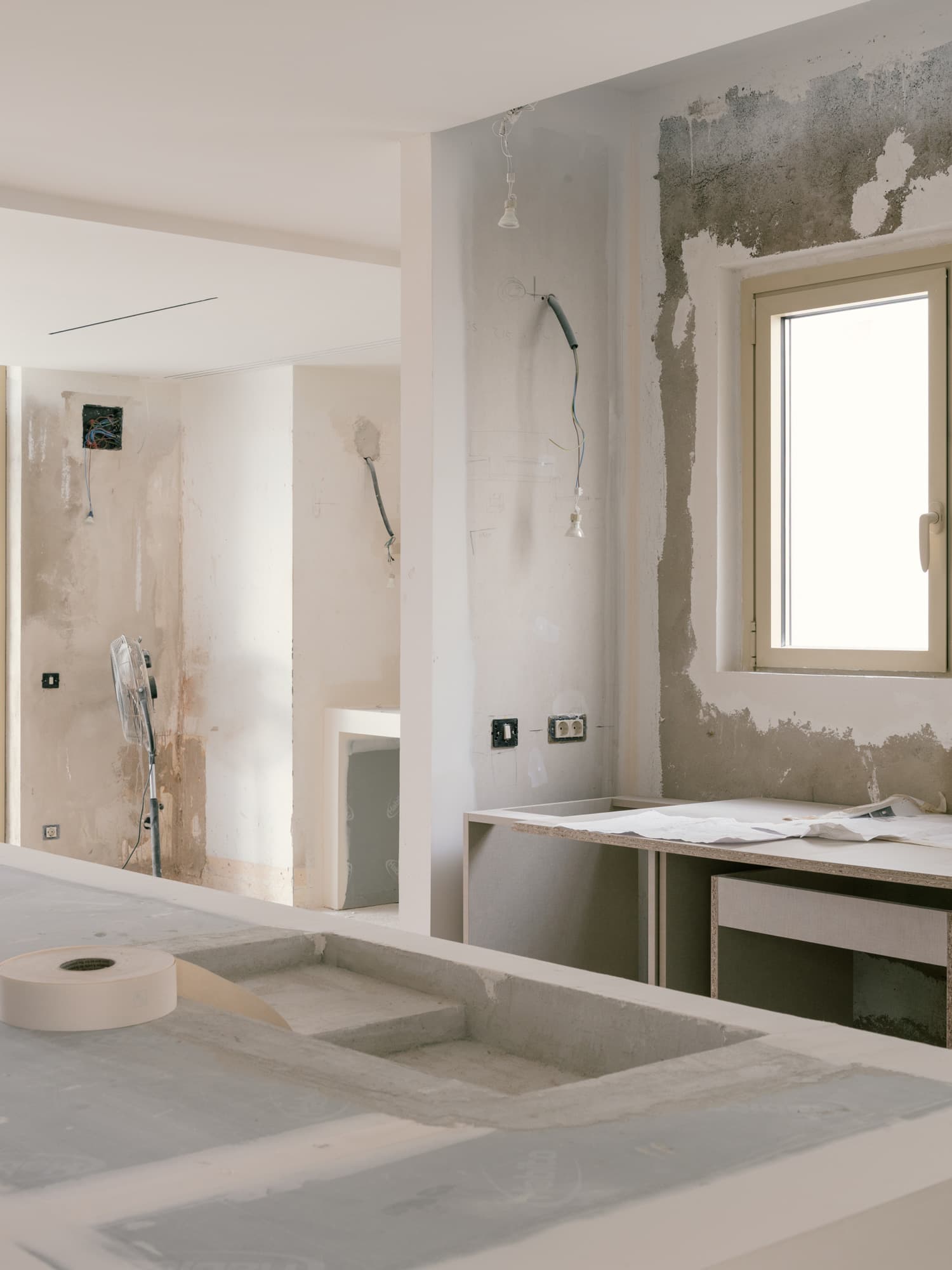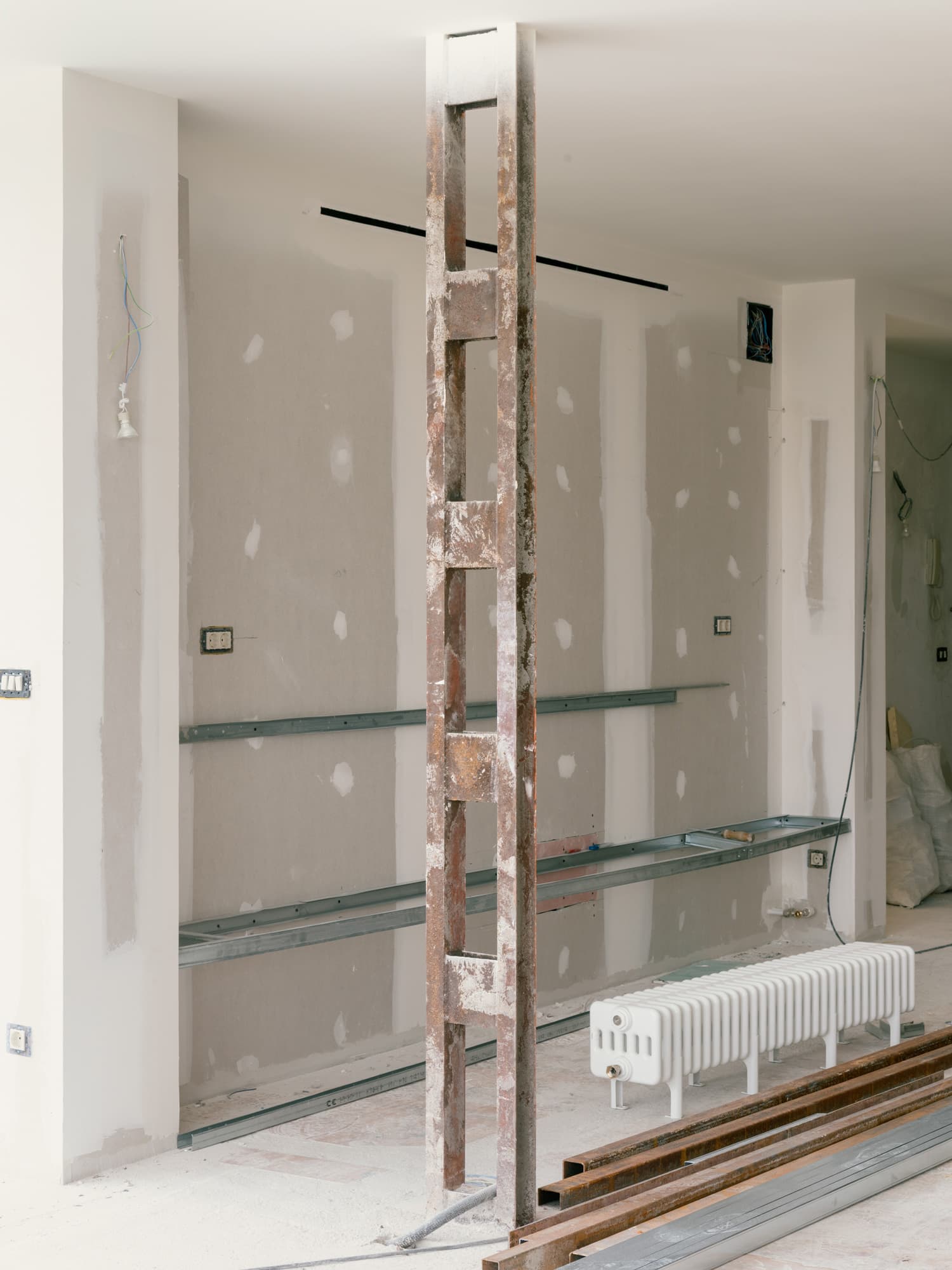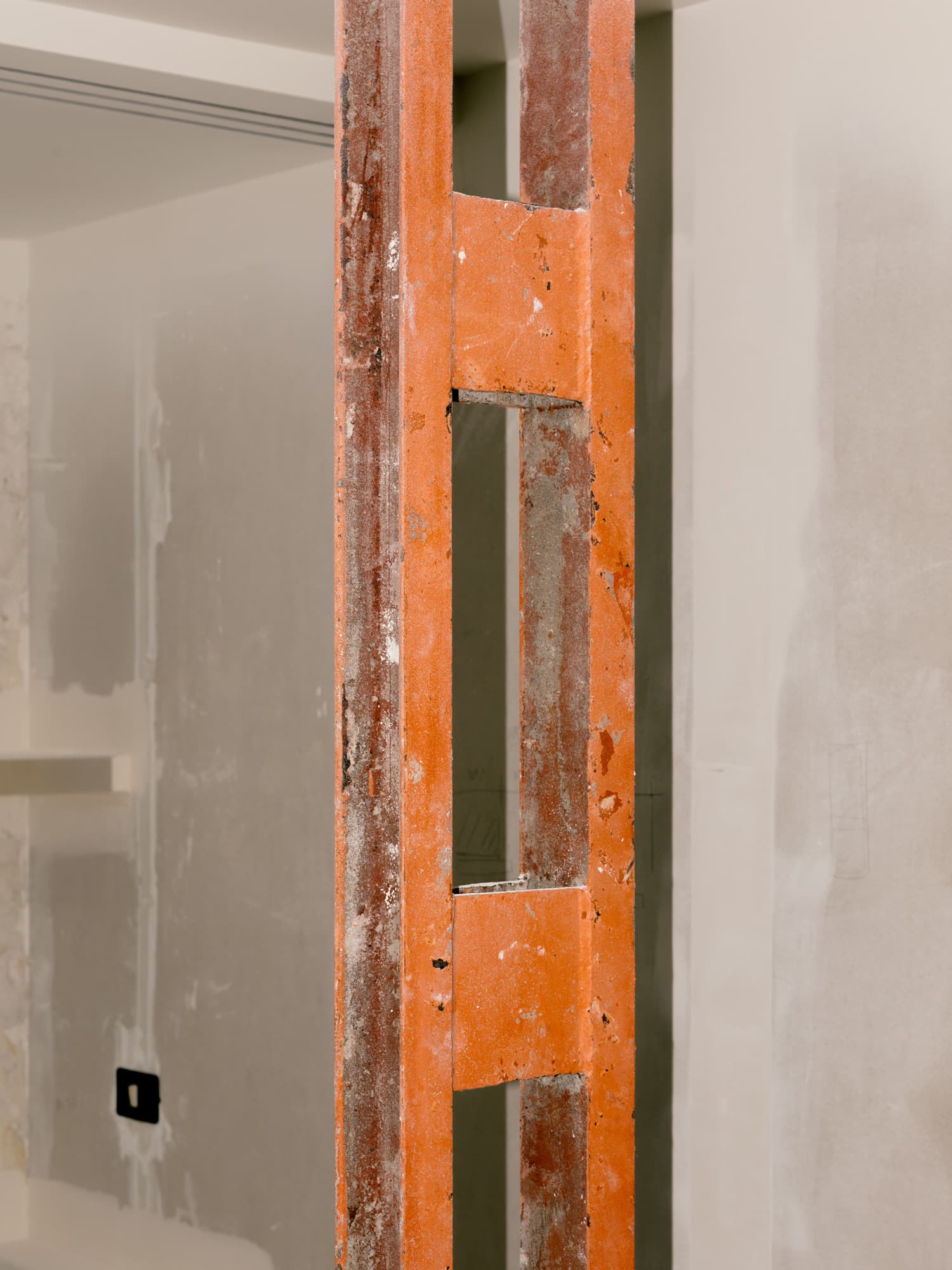October 2025
Thoughts On Lo-Fi
As part of a recent projects, we began to explore how a series of small, precise interventions could generate meaningful change.
From that process came a set of reflections that we believe can shape our design strategy:
Material Honesty
The term, borrowed from low-fidelity music, describes a sound that is imperfect, open, authentic, and unpretentious. Could we add value from what is essential? Could we use what the place offers? Could we turn limitations into opportunities?
Lo-fi is raw and honest. Like grunge in music, it appears unpolished and emotionally authentic. In architecture, it means showing materials as they are. It doesn’t hide or disguise; it’s not minimal nor purely white. Lo-fi enhances the beauty of imperfection. It embraces error, welcomes failure, and with time’s patina, becomes a kind of Japanese wabi-sabi.
For example, the brass sheet that naturally bends into shape with simple steel tensioners in a project by Maciverek Chevroulet and Comte Mewly shows how one can imagine the patina that time will bring.
Two For One
But lo-fi is not just materiality: it’s about ingenuity. Its strength lies in making one thing serve several purposes — in doing more with less. This approach makes compact spaces work intelligently, without technological display or complexity.
In Ralph Erskine’s cabin in Lissma, a suspended piece of furniture lowers at night as a bed, folds during the day as a sofa, and disappears when not needed. The true lo-fi gesture, however, is outside: a simple wood stack that stores logs for winter and strengthens a north-facing wall’s insulation. Necessity turned into resource, scarcity transformed into beauty.
System
Modern Lo-fi is characterized by beats. Its gentle repetitions mirror modular systems in architecture: austere, accessible, adaptable, universal. It optimises construction and simplifies maintenance, replacement, and future updates, allowing each element to evolve with the needs of its users.
In La Villette, Bernard Tschumi overlays three simple grids. A collection of red folies marks the beat, transforming repetition into a light and essential rhythm.
Open Play
Lo-fi doesn’t fear humour. It uses it to create social experiences through the unexpected, with a universal code that connects with people. Humour in design breaks hierarchies, encourages interaction, and brings spaces closer to everyday life.
In Carlos de Beistegui’s penthouse, Le Corbusier builds an unusual stage: a white wall, a historicist fireplace, a grass floor, and in the distance, the Arc de Triomphe emerging as an urban backdrop. A minimal space made of contrasts — essential in form, complex in symbol. Not luxury, but irony. Not opulence, but play. To provoke wonder with the essential through a light, radical gesture: deeply lo-fi.
Lo-fi in its authenticity is also cheeky, and does not judge superficiality. Mirrors that expand space, objects that pretend without hiding, materials that aspire to more — why not? Like the final staircase in The Truman Show: both sky and exit. All of this shows how Lo-fi can be playful, cheeky, and witty at once.
Ambiguous
San Petronio, Bologna: the beauty of an unfinished process where history seeps through voids and each visitor completes the place with imagination. Lo-fi embraces incompleteness.
Weightless
Lo-fi frees space from excess and transmits lightness — a value from Calvino’s Six Memos for the Next Millennium, already anticipated by Buckminster Fuller in the 1970s in his Operating Manual for Spaceship Earth:
“I have owned successively, since boyhood, fifty-four automobiles. I will never own another… Possession is becoming progressively burdensome and wasteful and therefore obsolete.”
Contextual
Lo-fi is local in how it makes use of what’s close at hand. To do that, it’s essential to understand a place’s deeper identity: its atmosphere, character, and natural and cultural conditions. Through simple material strategies — like using high thermal mass — and both active and passive systems (shade as a creative process), comfort can be achieved without excess.
Zanuso’s house in Sardinia embodies this spirit: simple granite enclosures built in twelve months by a single local mason, where essentials protect and shelter, and light, shadow, and wind set the rhythm of life. A Sardinian refuge turned into a minimal dwelling where austerity is beauty.
How can architecture be more human? Maybe Lo-fi is about curiosity, improvisation, and letting life finish the work. Isn’t that very human? That’s exactly the approach we’d like our practice to follow.










